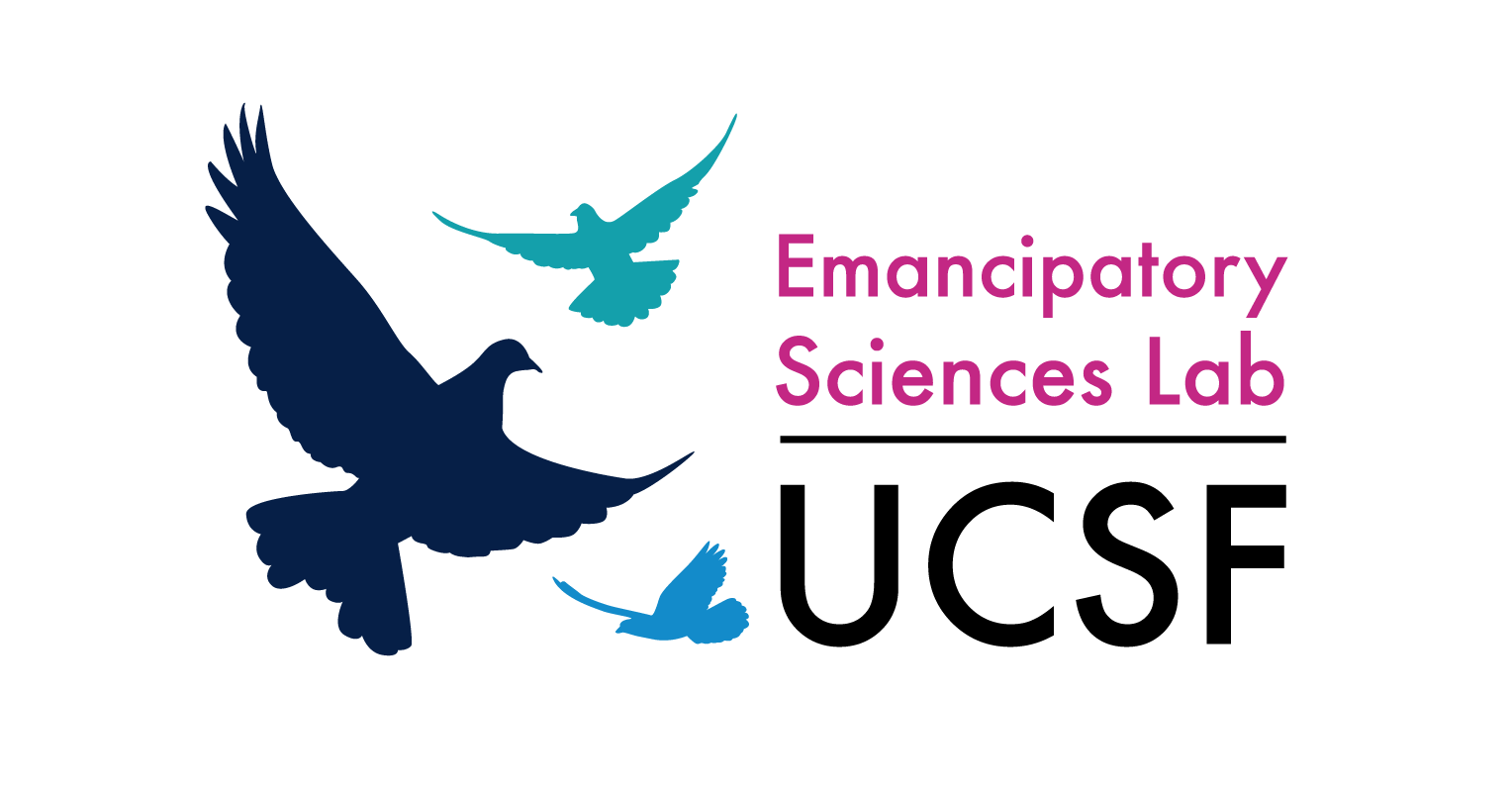| Title | Front-Line Hospice Staff Perceptions of Barriers and Opportunities to Discussing Advance Care Planning With Hospice Patients and Their Families. |
| Publication Type | Journal Article |
| Year of Publication | 2022 |
| Authors | Oh, A, Allison, TA, Mahoney, K, Thompson, N, Ritchie, CS, Sudore, RL, Harrison, KL |
| Journal | J Am Med Dir Assoc |
| Volume | 23 |
| Issue | 7 |
| Pagination | 1205-1214.e2 |
| Date Published | 2022 Jul |
| ISSN | 1538-9375 |
| Keywords | Advance Care Planning, Communication, Hospice Care, Hospices, Humans, Qualitative Research |
| Abstract | OBJECTIVES: To understand the facilitators and barriers to hospice staff engagement of patients and surrogates in advance care planning (ACP) conversations. DESIGN: Qualitative study conducted with purposive sampling and semistructured interviews using ATLAS.ti software to assist with template analysis. SETTINGS AND PARTICIPANTS: Participants included 51 hospice professionals (31 clinicians, 13 leaders, and 7 quality improvement administrators) from 4 geographically distinct nonprofit US hospices serving more than 2700 people. MEASURES: Interview domains were derived from the implementation science framework of Capability, Opportunity, Motivation, and Behavior (COM-B), with additional questions soliciting recommendations for behavior change. Differences in themes were reconciled by consensus. The facilitator, barrier, and recommendation themes were organized within the COM-B framework. RESULTS: Capability was facilitated by interdisciplinary teamwork and specified clinical staff roles and inhibited by lack of self-perceived skill in engaging in ACP conversations. Opportunities for ACP occurred during admission to hospice, acute changes, or deterioration in patient condition. Opportunity-related environmental barriers included time constraints such as short patient stay in hospice and workload expectations that prevented clinicians from spending more time with patients and families. Motivation to discuss ACP was facilitated by the employee's goal of providing personalized, patient-centered care. Implicit assumptions about patients' and families' preferences reduced staff's motivation to engage in ACP. Hospice staff made recommendations to improve ACP discussions, including training and modeling practice sessions, earlier introduction of ACP concepts by clinicians in prehospice settings, and increasing workforce diversity to reflect the patient populations the organizations want to reach and cultural competency. CONCLUSIONS AND IMPLICATIONS: Even hospice staff can be uncomfortable discussing death and dying. Yet staff were able to identify what worked well. Solutions to increase behavior of ACP engagement included staff training and modeling practice sessions, introducing ACP prior to hospice, and increasing workforce diversity to improve cultural competency. |
| DOI | 10.1016/j.jamda.2021.07.014 |
| Alternate Journal | J Am Med Dir Assoc |
| PubMed ID | 34391713 |
| PubMed Central ID | PMC8840996 |
| Grant List | K01 AG059831 / AG / NIA NIH HHS / United States K24 AG054415 / AG / NIA NIH HHS / United States L30 AG060590 / AG / NIA NIH HHS / United States U24 NR014637 / NR / NINR NIH HHS / United States U2C NR014637 / NR / NINR NIH HHS / United States P30 AG044281 / AG / NIA NIH HHS / United States K23 AG062613 / AG / NIA NIH HHS / United States |
